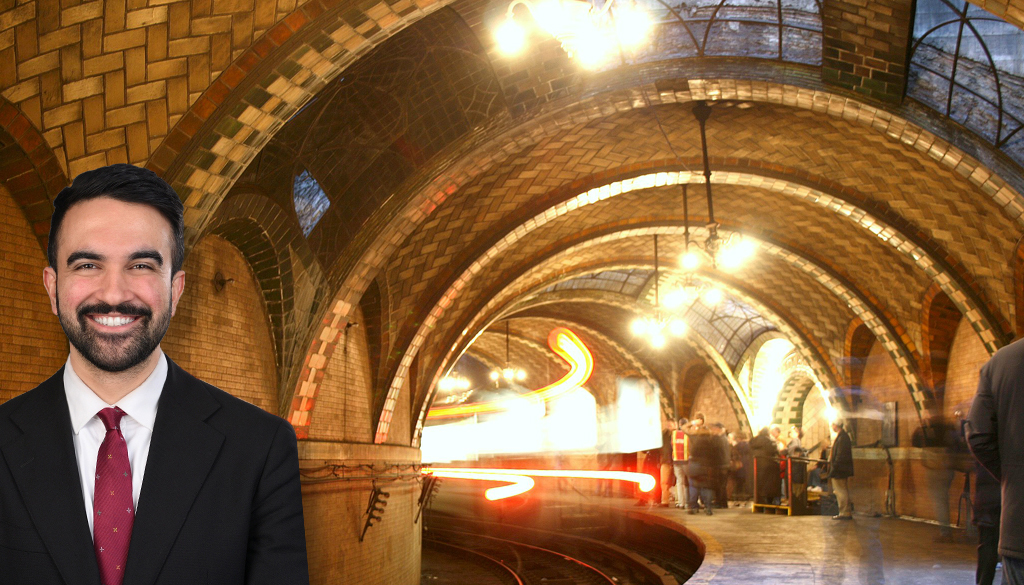A study out of Nashville by Smart Growth America provides more evidence that building walkable development in existing communities is best for a city's bottom line.
SGA recently examined three different developments in the Music City. One was a large-lot, traditional suburban-style development called Bradford Hills built on a greenfield site. Another was a "new urban"-style, mixed-use, walkable development also built on a greenfield, called Lennox Village. The third -- known as The Gulch -- was a mixed-use, compact housing and office development with retail and dining, built on a brownfield between Nashville's Music Row and downtown.
The study compared the costs of local services to each new development with the revenues returned. Overall, the urban, infill development was far and away the best value for municipalities.
The Gulch -- a 76-acre project, including 4,500 housing units and 6 million square feet of office space -- yielded the highest returns in the form of "property taxes, sales taxes, and other recurring revenues," according to SGA. Per unit, the development produced a total of $3,370 in public revenue annually, while costing the local government about $1,400 per year in infrastructure maintenance, policing, fire response, and other general fund obligations. In comparison, the traditional suburban development Bradford Hills generated only half the revenue -- $1,620 per year -- and cost more to service -- $1,600 -- making it basically a wash for local taxpayers.
Per unit, the performance of new-urbanist Lennox Village barely beat out the large-lot suburban development, generating $1,340 for the municipality annually while costing about $1,300.
When you factor in density, the differences between the three models really crystallize. The Gulch, filled with condo towers, generated $115,720 in net revenue per acre annually. That's an astounding 1,150 times greater than Bradford Hills, which generated a total of just $100 per acre. The downtown development also performed 148 times better for the local government's bottom line than new urbanist development Lennox Village, which yielded $780 per acre.
Developers often shy away from urban brownfield sites, fearing the cost of cleaning them up. Given the incredible benefits to the city of that kind of development, there should be better incentives for developers to look to infill, rather than greenfields, for their next project.






